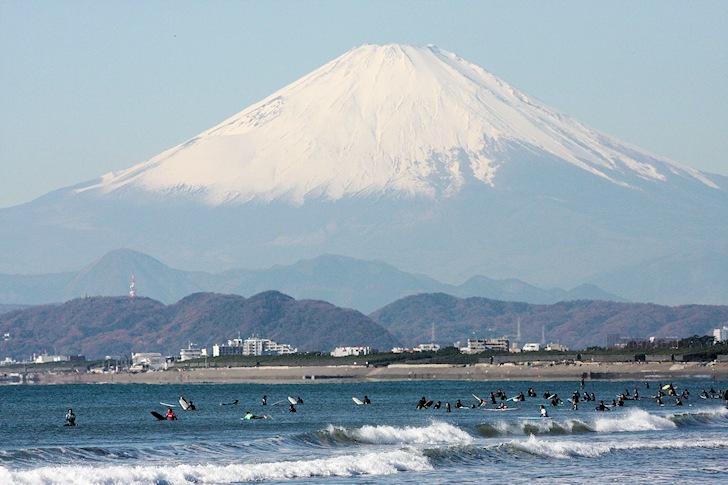Japan, also known as the "Land of The Rising Sun," is an East Asian island country. It is bathed by the Pacific to the east and separated from the Asian continent to the west by the Sea of Japan and the East China Sea.
The archipelago comprises four main islands out of a total of 6,852.
It is bordered by China, North Corea, South Corea, and Russia to the east and Taiwan to the south.
The total land area is 374,834 square kilometers.
The nation's coastline is 29,751 kilometers long and very diverse, comprising both steep cliffs and long, plain sandy beaches.
The average temperature in Japan goes from 5 °C in the winter to 25 °C in the summer.
The country's climate is mainly temperate with four distinct seasons but varies markedly within the territory.
Hokkaido has predominant subarctic weather with cold winters, while the Pacific side of the country is influenced by a temperate climate.
The side facing the Sea of Japan, on the other hand, is exposed to rain and snow, and the islands on the southwest of Okinawa Prefecture have a subtropical climate, with heavy rain during the rainy season and fairly high temperatures throughout the year.
The climate is also influenced by seasonal winds.
In the winter, the northwestern continental winds prevail, while in the summer, the southern and eastern winds are dominant.
The rainy season happens between May and July, and typhoons often occur at the end of the summer and the beginning of autumn.
The best Japanese surf spots are located in Chiba, the birthplace and capital of the Japanese surfing culture.
Choshi, Onjuku, and Ichinomiya, located 40 kilometers away from the capital, are some of Chiba's best surfing spots.
Shichirigahama and Shonan - in the Kanagawa prefecture - are two popular wave peaks facing southern swells coming from the Pacific Ocean.
Shikoku, the fourth largest island in Japan, offers impressive river mouth waves. Shishikui, Ikumihama, Uchizuma, and Niyodo are the best choices but are not free of local wave warriors.
The province of Fukushima was once known for its top-class right-handers ridden in front of the nuclear station.
Today, the region is a radioactive surfing cemetery, where surfers don't surf, and humans don't live.
Take an in-depth look at the best surf spots in Japan.
